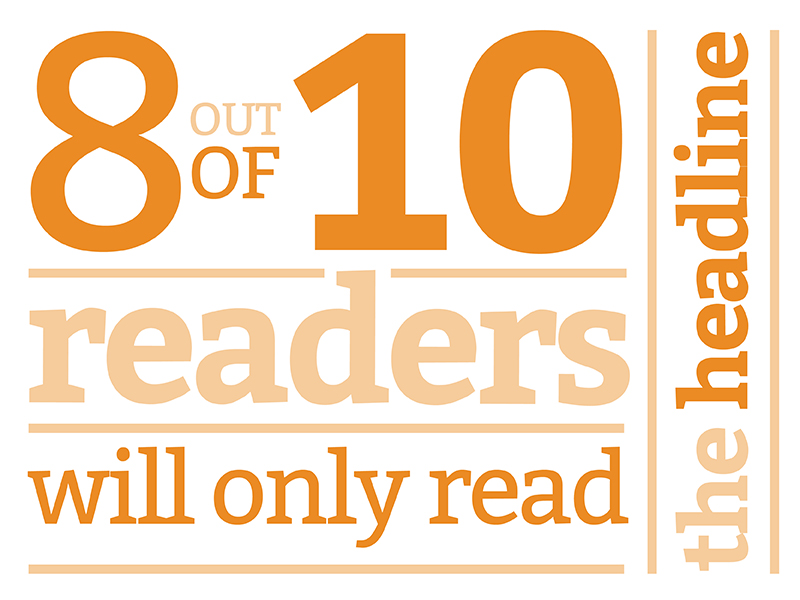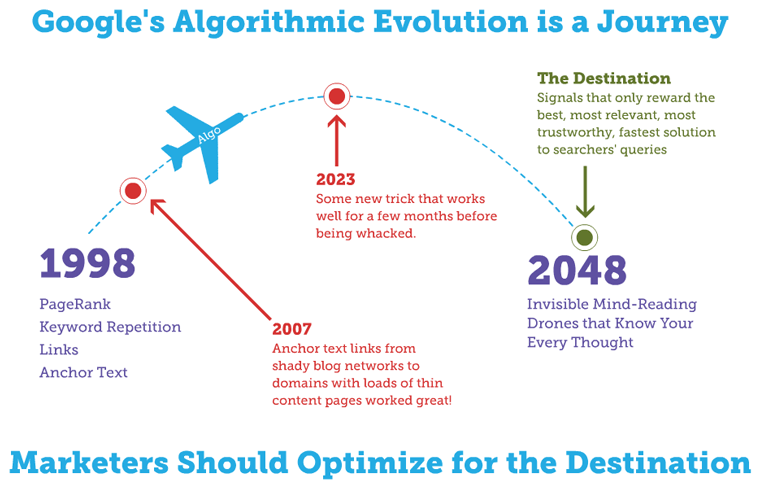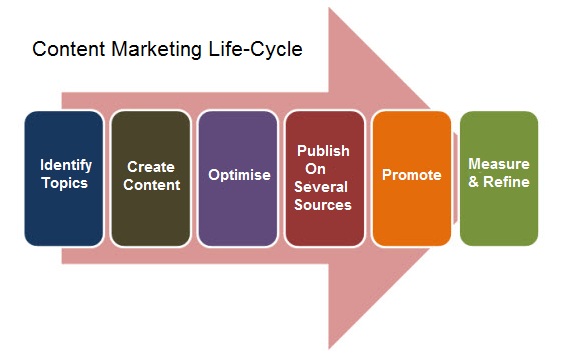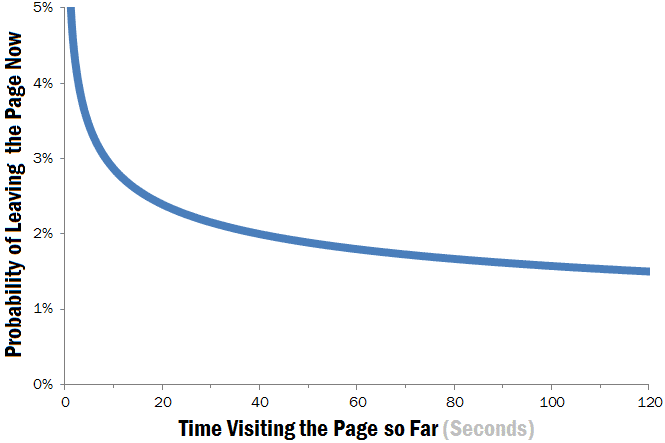Great Content Marketing Attributes Blend Creativity with Algorithmic Awareness
In the last two years content as a “new” marketing strategy has almost overshadowed #tswift in popularity.
Ignoring the somewhat trite lead in, content marketing is a brand defining, critical skill for any business, regardless of size and marketing budget.
Great Content Marketing Defines You Brand: Don’t Leave the Office Without It
It’s your brand voice, acts as oxygen for your social profiles, “tells” Google who “you” are, drives sharing with a broad social community, like no other marketing strategy.
Five Key Issues that Drive Content Marketing ROI
- “Good” content whether it’s short form Vine videos, medium length blog posts, or long form is time-consuming, involving blood sweat and tears.
- It’s expensive, so publish and syndicated it aggressively to offset your costs.
- Content not shared across the social web is in many cases content not seen: build in rinse and repeat sharing.
- Content that does not at least build in some SEO attributes is not going to generate as much ROI for you as content with a least a modicum of SEO best practices.
- Topic development is part of the creative muse: Unbounce did a great job mapping out how to use Google Analytics for topic research & tools like BuzzSumo help.
Creating Effective Content Necessitates Well Thought Out Strategy
Whether your business is creating content in-house, utilizing contractors or an agency, strategy needs to be baked in.
- Define goals and objectives: lead generation, social engagment, better SEO results, broader exposure?
- Who is your audience and have you done a persona profile analysis?
- Understanding and then articulate the brand voice you are using so it’s aligned with your content.
- Do some analysis of your direct competitors, what they are doing or not, identify thought leaders in your market for sourcing ideas, news and staying plugged in.
- Define reasonable goals for the types of content you are creating: volume (monthly and quarterly), who is going to create and edit, budget, marketing and social platforms designation, ROI metrics.
Ten Hemmingwayesaque Ways to Write Meaningful Content
Write with Your Ears Not Your Eyes
After you have done a first draft of content read it out loud to yourself, have someone else read it with no knowledge of your market prior to a formal review via an editor or publishing.
“What’s In it For Me” is as Relevant Today as it was when the Term was Invented (“WIFM”)
You are writing for mobile distracted readers and every piece of content must have implicit value. The average American now spends just under three hours a day on a mobile device - your dealing with people who sleep with these things under their pillows.
Headlines are Ground Zero for Great Content Marketing: Your Readers Live in a World of Concurrent Culture Clashes
Headlines are the most important metric of all content. If these don’t scream “pay attention I’m talking to you like a Robert DeNiro” soliloquy all of your content marketing blood sweat and tears are for naught.
The poster child brand that’s garnered the most press the last 2-3 years is Upworthy; they are known for their headlines and every post goes through a headline bake off with 25 headlines reviewed per post.
Creating 25 headlines per each instance of content is not practical for most of you. Try out 3-5 headlines for each blog post, White Paper or Article.
You can get away with more creativity with blog posts titles vs. White Papers. Take more “headline risks” with the former. Check out the Advanced Marketing Institute’s Headline Checker: it’s cool and thanks to Marsha Collier for sharing this.
Six Creative Ways to Come Up With Meaningful Topics
- Get away from the computer: walk the dog, hang out with the family, just get untethered from tech and topics will come to you.
- Surf the web intelligently but not randomly. Have a purpose in your search activity: industry trends, what your competitors are writing about, or not, high visibility news topics (“newsjacking”).
- Use Twitter: to look at what’s trending, dig in to the lists you’ve hopefully created in Tweetdeck of competitors and thought leaders, look at real time “trending” via hashtags and use Twitter’s Advanced Search for a deeper dive.
- Google Trends is a great way to come up with ideas, but can be labor intensive.
- Work back through your own content topics. What have you written about in the past that touches on subjects you can flesh out? These also help you “naturally” link back into your blog.
- Ask customers in person, on conf calls, via social media channels and monitor comments across your site and even competitors’ sites.
Geeky SEO Issues are Primarily in the Rearview Mirror But Not Entirely
Most of you deal with SEO in two ways. Turn away from anything that smacks of “SEOesque strategy” with glazed over eyes or fall in love with SEO Moz musings and share keyword stuffed content that is about as exciting as kissing your brother/sister/next door neighbor.
What works is something in the middle of these two schools of thought.
- Use a good industry standard plugin like Yoast: it’s free, gives you sufficient geeky SEO structure to drive ROI and it’s feature rich.
- Use Keywords in your Header and in the body of your document in a way that serves the reader. Ignore much of the stuff written about SEO optimization: Google can and has been reading on page semantics for ten years or more - with an algorithmic awareness of the semantic structure of the words on your page, and will rank your web site accordingly.
- Cross link out to your other blog posts one or two times a post and other authority web sites. Don’t go crazy. Just try to inform the reader (again).
- Use Alt Tags with your images and add keywords to these in a natural manner.
Know that Long Form Content Still Rocks Your Readers Like a Great Blues Song
Snackable content will resonated with some of your distracted, smartphone only readers. But long form content should be part of your content marketing strategy with a mix and match approach: 10-20% of all content should be long form: over 700 words.
What’s long form content? It’s over 1,500 words and may get up to 3-5K words. It’s not only good for the reader; but Google “loves” long form content and your SEO results will be better too. And all brands want “Google Tender Love” when/where you can find it.
Why Content Publishing May or May Not be Good for Your Business
You can’t read a blog post by any content geek that doesn’t tell you it’s a publish or perish world. It is, especially if you are a smaller business with limited web site traffic and not a lot of reach via social media.
But, there’s a hidden down side to publishing and you should know it can and will kill SEO results for some smaller brands: higher authority web sites negate your SEO rankings.
So, your great keyword rich headline is going to get knocked out of any search results if the identical content is published on say a local TV station web site, vertical industry portal or via national sites like Huff Po, Inc. or Forbes.
You can avoid this by rewriting the content, with at least 50% of the text redone and only publishing identical content on higher authority web sites 12-18 months after it has been shared on your own web site. Giving Google time to “understand” your web site content value should be attributed to your site.
But, the SEO issues may not warrant your foregoing business publishing on other sites. It’s a tradeoff. The significantly greater “reach” assuming the other site has significant traffic, and incremental social shares may overshadow losing important SEO rankings for your site.
There is no one size fits all answer and you should carefully weigh these issues. But, again, don’t go blindly into publishing your content assuming it can only help your business. #notalwaysthecase
Fight Consumer Boredom with Social Sharing
Content not shared across the social web is content that’s not getting a lot of traction. Of course you have social share buttons embedded with your web site above the fold and below right? Visitors are as fickle as pop stars chasing their next hit: two places (screen left and bottom) are mandatory to garner attention. #fightuserapathy
How much to share? You’re balancing annoyance and information value.
- 50% of Americans live on the east coast: so prime time for sharing is 9-5 PM ES. But, your competing with a lot more activity during these hours. Test sharing in non peak times (nights and week-ends) and look at engagment via Twitter analytics. And, in today’s 24/7/365 screen drenched world off peak hours may be optimum for getting heard and generating traction.
- The “life” of a Tweet is about 15-30 minutes on average. If it doesn’t garner traction in this time frame then drop it back into your social share rinse and repeat cycles.
- Followerwonk is another great tool for measuring brand reach across the social web and Editorial Calendars will impart discipline (downloadable template in this last link).
- Original blog posts weekly: 5-7 times per week on Twitter when post is new, 2-3 times on LinkedIn, 5-7 times on Facebook.
- Share long form “evergreen content” (over 500-700 words) with a frequency ration of 10% vs. all content developed. Or, more, if you have the budget and capability to do so.
- Issues that “trump” all content sharing formulas: how fast are your social channels growing, how much other content are you sharing on a regular basis, are you refreshing your “old” content (you should), what are the norms in your vertical market, the quality of the content you are sharing overshadows all.
- Consumer or business focus? These have a big impact on your rinse and repeat processes; you can be more aggressive with consumer focused social channels vs. biz focused.
- How sophisticated are your curation (research) activities that drive sharing activities. The better these are the more you can share your own content, as your recipients are better informed, more engaged and value your social sharing activities.
Web Site Visitors are Ruthless Human Beings and Great Images Help to Capture their Interest
There are no magic formulas for embedding images with content. The average visitor is going to stay on your page about one minute and compelling images pique their curiosity.
Visuals of course trump text: don’t scrimp on image quality, whether your buying or sharing. Your images speak to visitors just like your words. One of the tradeoffs for using large inforgraphics, embedded videos and images in content is the dreaded load times.
Your visitors are on devices 50% of the time - more images mean slower load times. And, sliders on web sites are ubiquitous killers of engagment, ensuring the visitor doesn’t even see your secondary embedded images.
All images, especially sliders should be optimized and your page should load in 2-3 seconds.
- A great rule of thumb with images is use one every 300-500 words.
- Optimize all images to minimize load times. Slow load times drive down engagment and irritate the visitor.
- Standing out using creativity some times works better than boring, mundane images. Sex and sizzle still work.
- Offsetting images (screen left or right) means your text is more compressed, which increases brand engagment.
Why a Content Marketing Perspective is the Most Valuable Asset You Can Own
Einstein was right, perspective is absolutely worth 20 IQ points, especially when it comes to grasping content marketing best practices for your business.
Great content marketing strategy is not formula driven and in many cases it’s going to take 6-12 months to see meaningful patterns in your analytics. Your key Google metric will always be “bounce rates,” the average visits vs. web site views. Is the visitor clicking in to your site or not?
Pay attention so fundamental SEO issues, but don’t over stress about this. For the average business, just covering the bases will get you where you need to be.
Attractive, well written, image drenched content is expensive to create and your business is competing with known and unknown forces. The offset is sharing it across the social web with rinse and repeat cycles and motivating others to do the same.




